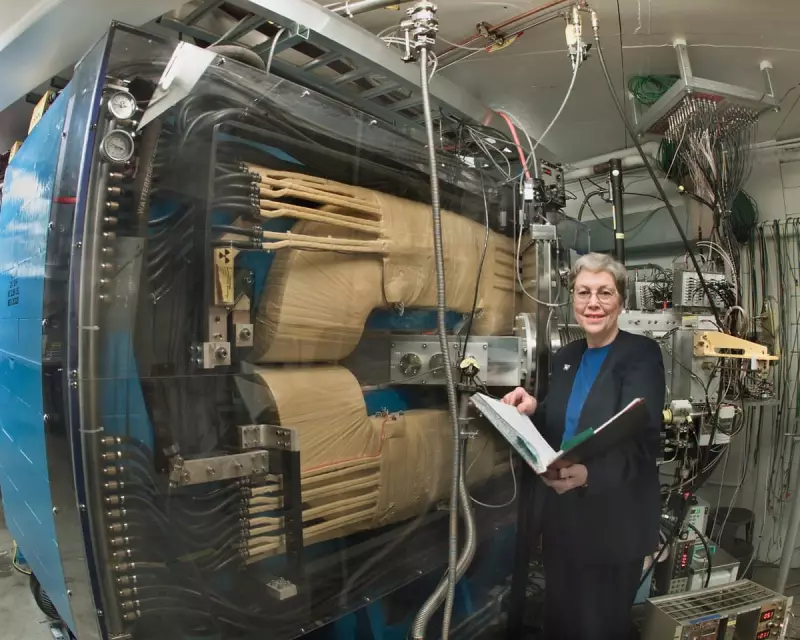
The world of nuclear science mourns the loss of one of its most brilliant minds, Professor Darleane Christian Hoffman, who passed away peacefully on October 11th, 2025, at the remarkable age of 97. Her groundbreaking discoveries fundamentally changed our understanding of the periodic table and paved the way for new frontiers in elemental research.
The Element Hunter: Confirming Seaborgium's Existence
Professor Hoffman's most celebrated achievement came in 1993 when she led the team that definitively confirmed the existence of element 106, later named seaborgium in honour of Nobel laureate Glenn Seaborg. Her meticulous work at the Lawrence Berkeley Laboratory settled years of scientific debate, proving this superheavy element could indeed be produced and studied.
"She didn't just participate in nuclear chemistry—she redefined it," remarked a colleague from her decades at Berkeley. Hoffman's elegant experiments demonstrated that seaborgium behaved similarly to its lighter counterparts in the periodic table, validating theoretical predictions about elemental properties.
From Iowa Farm to Nuclear Fame
Born in 1928 on an Iowa farm, Hoffman's scientific journey began humbly but accelerated rapidly. She earned her PhD from Iowa State College in 1952, where she met her future husband, Marvin Hoffman. Her career trajectory took an unexpected turn when she joined the Manhattan Project's Ames Laboratory, working alongside future Nobel Prize winners.
Her career was marked by several barrier-breaking moments:
- Becoming the first woman to join the chemistry faculty at Lawrence Berkeley Laboratory in 1973
- Serving as director of the heavy-element nuclear and radiochemistry group
- Co-founding the Seaborg Institute for Transactinium Science at Livermore
- Receiving the National Medal of Science from President Clinton in 1997
Spontaneous Fission and Scientific Legacy
Hoffman's research extended far beyond element discovery. She made crucial contributions to understanding spontaneous fission, particularly her confirmation of fermium-258's fission without neutron emission. This work revealed new insights into nuclear stability and the limits of the periodic table.
"Her hands-on approach to complex nuclear problems set a new standard for experimental rigour," noted Dr. Dawn Shaughnessy, who worked closely with Hoffman at Lawrence Livermore National Laboratory.
Mentor and Trailblazer for Women in Science
Beyond her scientific achievements, Hoffman championed gender equality in STEM fields. She often recounted being mistaken for a secretary when she arrived at Oak Ridge National Laboratory in 1952, despite holding a doctorate. Rather than being discouraged, she used these experiences to advocate for greater recognition of women's contributions to science.
Her legacy as a mentor inspired countless young scientists, particularly women pursuing careers in nuclear chemistry. She remained actively involved in research and teaching well into her 80s, proving that scientific curiosity knows no age limits.
Professor Hoffman is survived by her children, Kay and Bruce, four grandchildren, and a scientific community forever transformed by her pioneering spirit. Her work continues to influence nuclear research worldwide, ensuring that her discoveries will resonate through laboratories and classrooms for generations to come.





